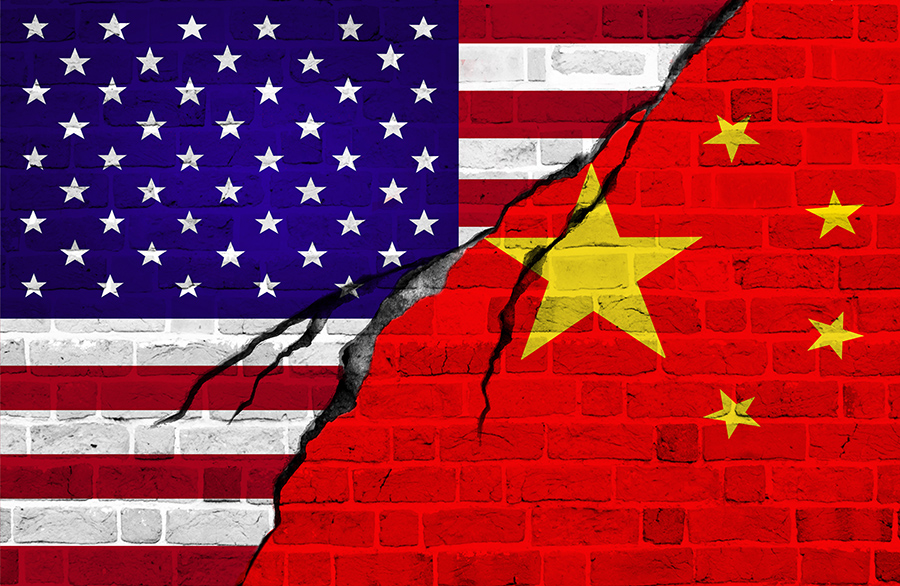
A Tale of Two Dragons – Chinese and Western Versions
By Joel Wong
According to the Lunar Calendar, the Year of the Dragon began in Feb. 10, 2024 and will end on Jan. 28, 2025.
Throughout Chinese history, the dragon has represented good luck, justice, prosperity and strength. In contrast, the European dragon is a mean, fire-breathing, greedy creature that looks like a cross between a snake and an alligator, but with wings. Both dragons are mythical creatures. Over time, their images and attributes have evolved, but certain impressions remain consistent.
Chinese Dragon (龙):

Physical Features: The Chinese dragon combines features such as sharp eagle claws, fish-like hard scales, a snake’s agile neck, and deer antlers. These elements emphasize its power and majesty. Powers: Chinese dragons reside in water, controlling thunder, lightning, and clouds. Symbolism: The Chinese dragon symbolizes fortune, good luck, peace, authority, and prosperity. It embodies ‘yang energy’ and is associated with the ’emperor’ and imperial authority. Occasionally, when the dragon is displeased, or acting malevolent, it can bring disasters such as droughts and floods…..it is time to overthrow the emperor.
Western Dragon:

Physical Features: The Western dragon is depicted as a ‘large lizard-like monster’ with scales, horns, bat-like wings, four legs, and a long tail. Powers: Western dragons inhabit underground lairs, breathe fire, and possess leathery wings. Symbolism: Western dragon is often ‘vilified’ by its greed for gold, destruction, and deception. They guard treasure, kidnap princesses, and battle knights. Their fiery breath and menacing appearance evoke fear and danger. Occasionally, the western dragons can unite with knights in shinning armors to combat the other ‘bad’ guys.
In summary, while the Chinese dragon embodies positive qualities and divine reverence, the Western dragon is often associated with malevolence and fear. These cultural differences shape our perceptions of these legendary beings.
Insights into Government and Authority:
East: The focus on a benevolent dragon reflects a view where powerful rulers have a responsibility to maintain order and ensure the well-being of their people. Authority is seen as legitimate when wielded wisely and for the good of all.
West: The fearsome dragon reflects a historical skepticism towards absolute power. Authority is viewed with caution, and rulers need to earn trust and avoid using their power for personal gain.
